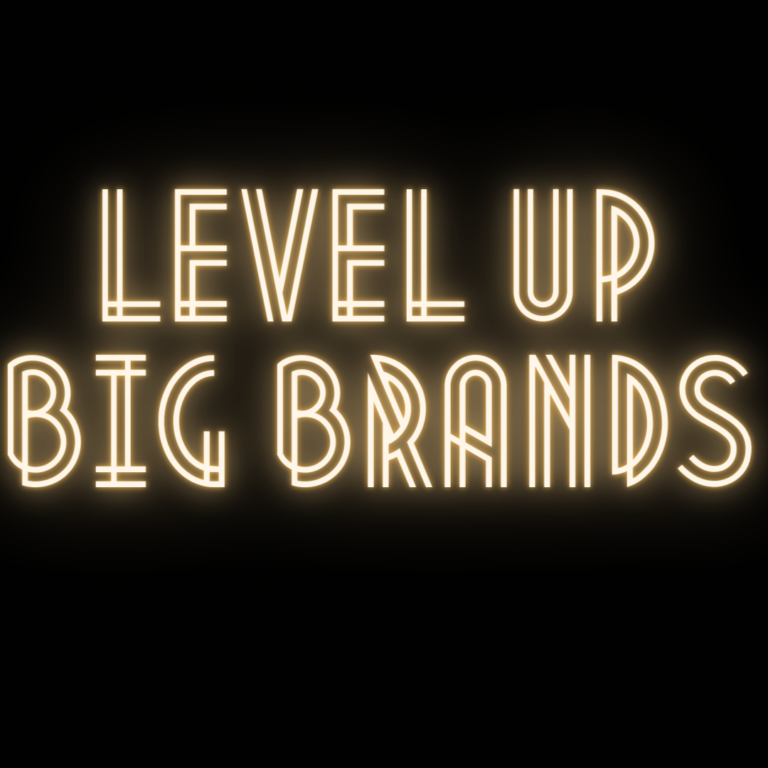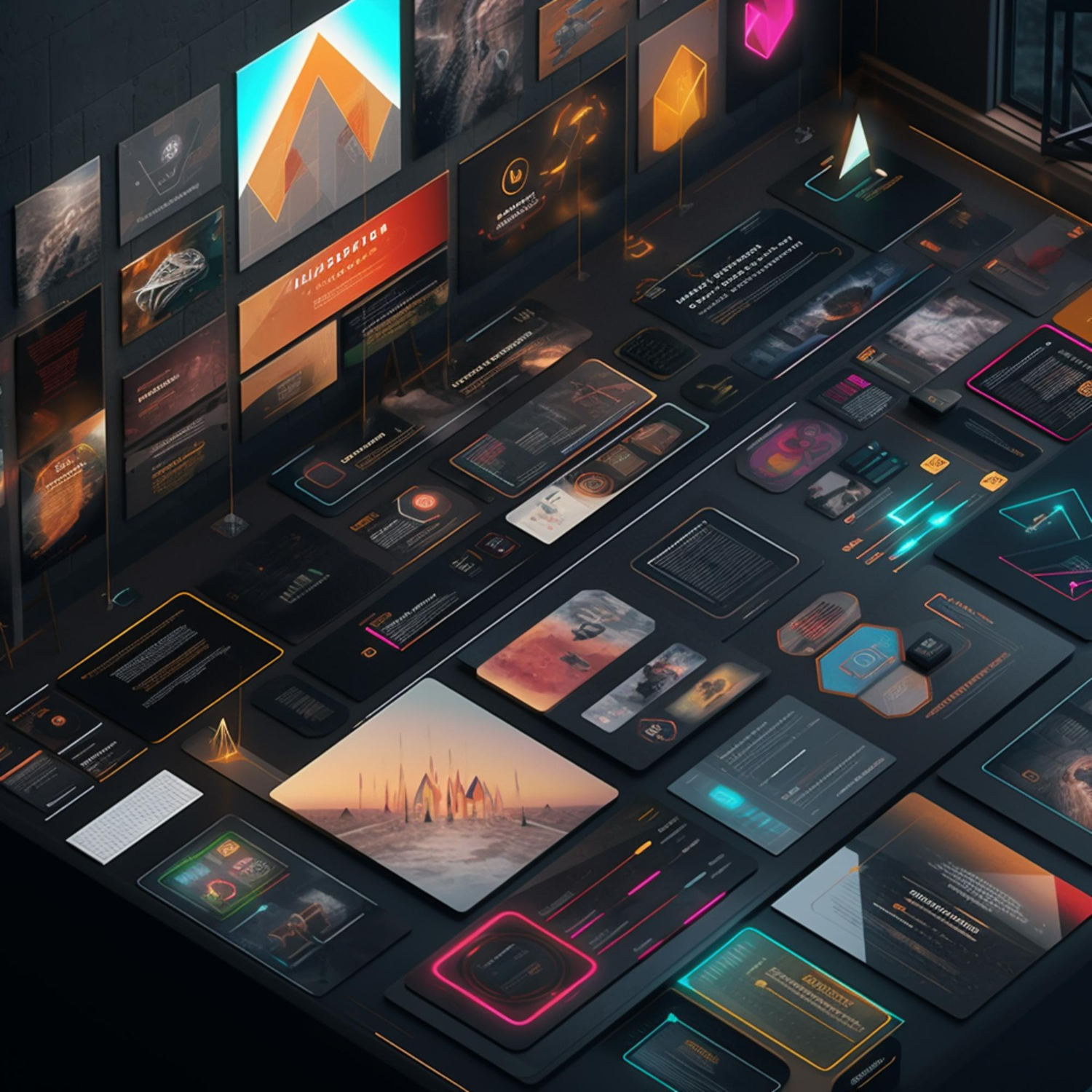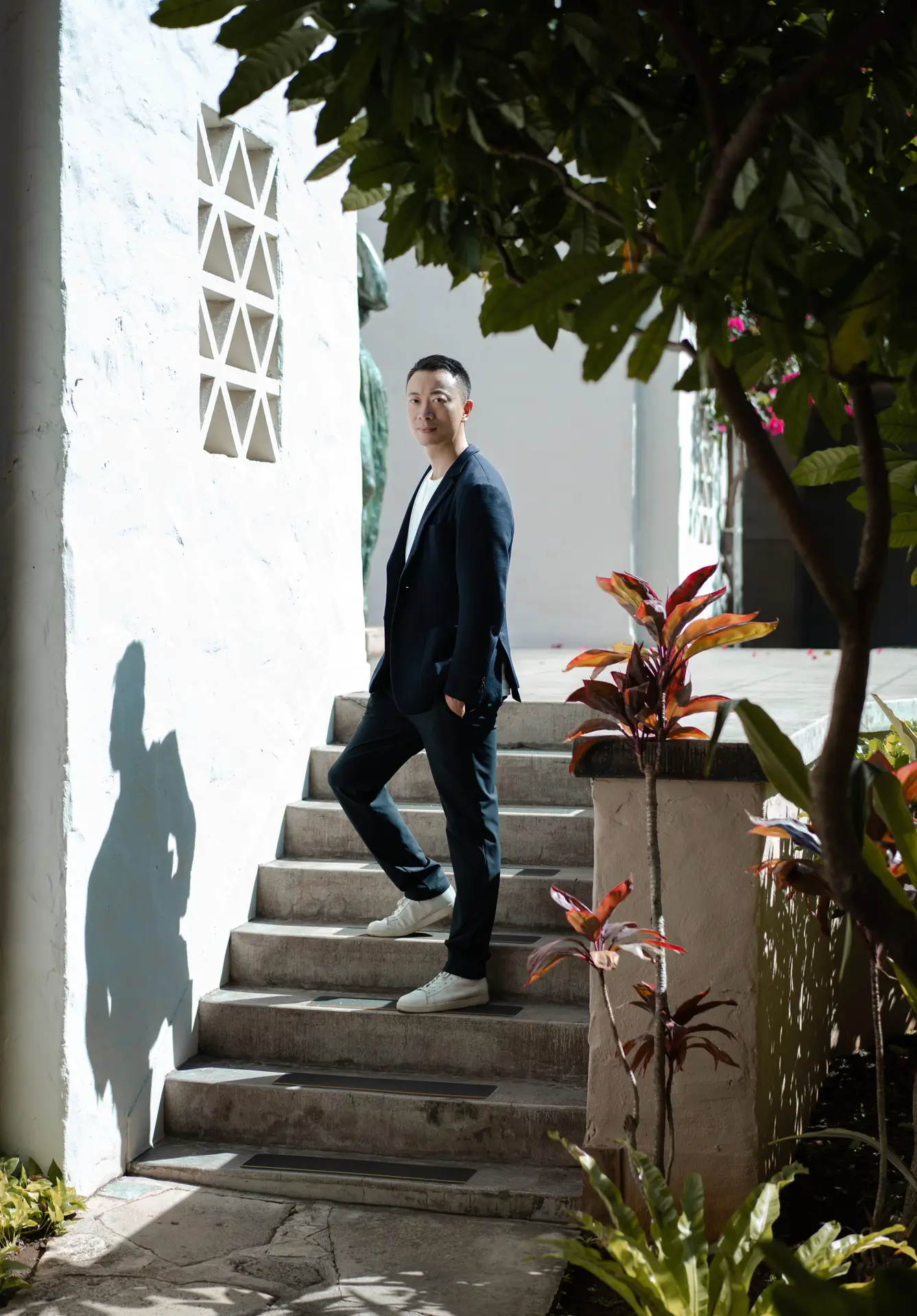Our Approach on Advertising Copy
Targeting is certainly important, but even if your ad shows up in front of the right audience, it does not mean the audience will click the ad because there are 10 other ads selling the same product pushed to them. So it begs the question, what makes people click on an ad?
Internet probably tells you to evoke strong emotions in your ads. But consumers nowadays have become so sophisticated that they can tell if you are just hyping things up without providing value.
Authentic value wins in the war of advertising.
Providing authentic value means that you are not pretending to care just to make a sale; it means that you truly care about filling a need. As a result, you will not throw out a generic term like “premium” or “high-end” with the hope that it solves your customers’ problem, you will not use abstract terms like, “fast” or “quiet”, and count on your customer to imagine how that really matters to your customers, and you will not use generic stock photos to describe how your customers will use your products.
Check out our collections of “level up big brands” on our instagram where we re-do the Facebook ads for some of the biggest brands.






